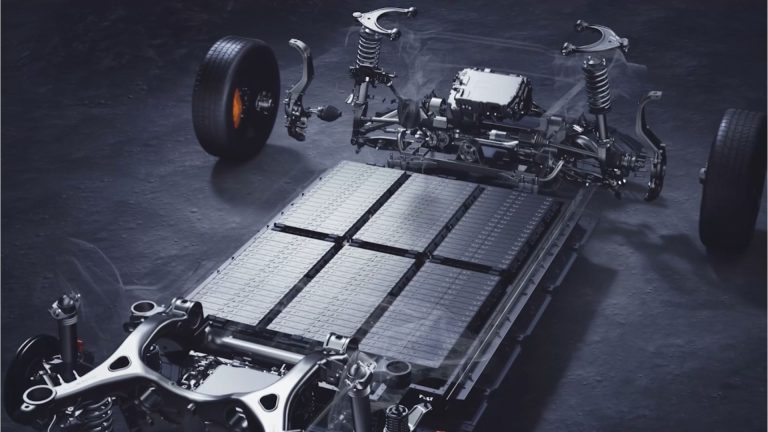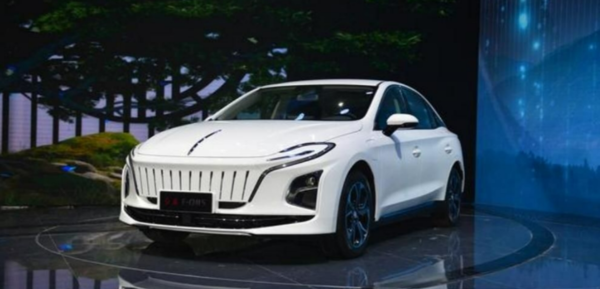Travelers between Hong Kong and mainland China are experiencing a technological revolution in border control, thanks to a cutting-edge facial recognition system recently introduced by China’s National Immigration Administration. The new smart clearance service is transforming the traditional border crossing experience, offering unprecedented convenience and efficiency for frequent travelers.
The innovative system has been implemented across multiple key ports, including Huanggang, Luohu, Liantang, Futian, Wenjindu, Hengqin, and the Hong Kong-Zhuhai-Macao Bridge Port in Zhuhai. Its primary goal is to simplify the border crossing process by eliminating the need for physical documentation, representing a significant leap forward in immigration technology.
Early user feedback has been overwhelmingly positive. Frequent travelers like Wong, who regularly crosses the border for leisure activities, have described the system as remarkably smooth and efficient. She expressed optimism that clearance times would continue to improve as more passengers become familiar with the facial recognition technology.

Another resident, Ho, emphasized the system’s potential to dramatically reduce waiting times, a particularly welcome benefit for those who frequently travel between Hong Kong and mainland China. The technology seems especially appealing to younger generations, with a Shenzhen resident noting its modern approach and ability to prevent issues related to lost identification cards.
The facial recognition system represents more than just a technological upgrade; it’s a glimpse into the future of border control. By leveraging advanced biometric technology, immigration authorities are creating a more streamlined, secure, and user-friendly crossing experience. The system’s ability to quickly and accurately verify travelers’ identities without requiring physical documents marks a significant advancement in border management.
What makes this development particularly noteworthy is its alignment with broader efforts to modernize immigration processes. The technology demonstrates how smart solutions can enhance efficiency while potentially improving security and reducing human error in border control operations.
For travelers and technology enthusiasts alike, this implementation offers an exciting preview of how artificial intelligence and biometric technologies are reshaping traditional administrative processes. The positive reception from users suggests that such innovations are not just technologically impressive but also genuinely improve the travel experience.
As border control continues to evolve, this facial recognition system stands as a testament to the potential of smart technology to make international travel more convenient, efficient, and user-friendly. The enthusiasm from Hong Kong residents suggests that such innovations are not just welcome but increasingly expected in our increasingly connected world.
The system’s successful implementation across multiple ports indicates a promising future for similar technologies in border control, potentially setting a new standard for international travel efficiency. For now, travelers between Hong Kong and mainland China can look forward to faster, smoother border crossings powered by cutting-edge facial recognition technology.












